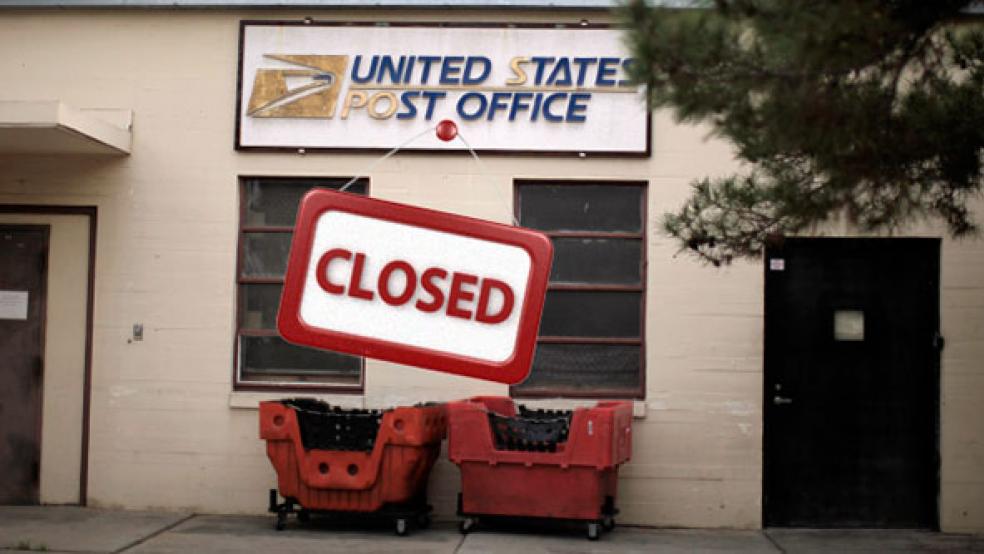The U.S. Postal Service unveiled a five-year business plan it hopes will reduce its annual costs by more than $22 billion by 2016. The plan’s major tenets include enabling the agency to provide its own health benefits to employees -- independent of federal programs -- transitioning to a national five-day delivery schedule, modifying First Class Mail and Standard Mail pricing to adjust for reduced volume, and reducing the number of full-time USPS positions through attrition and retirements.
Last week, the agency reported it had lost $3.3 billion in the first quarter of fiscal 2012, $3.1 billion of which it attributed to payments toward the $5.5 billion mandate to prefund postal service retiree health benefits.
RELATED: Postal Service Cuts Threaten Businesses
Changes to service proposed in the five-year plan, such as reducing overnight delivery availability and extending the number of days for delivery of items traveling more than 200 miles, will account for $2.5 billion of total run-rate cost savings by 2015. The plan also would cut Saturday delivery, switching to a five-day schedule, which both President Obama and lawmakers have included in recent proposals.
The National Association of Letter Carriers, which represents USPS employees, said in a statement Thursday that it opposes “any plan that calls for cutting Saturday delivery, downsizing our networks and slowing delivery,” doubting such measures could restore USPS to profitability. Labor costs account for approximately 80 percent of the agency’s total costs. Of those personnel costs, approximately 40 percent are benefits-related.
Controlling its own health care program, including establishing incentives for Medicare-eligible beneficiaries to participate in Medicare, would save USPS approximately $7 billion annually, the agency estimated. Resolving the prefunding mandate issue through congressional and administrative changes would save $5.8 billion by fiscal 2016, the plan said.
USPS also projected that its workforce will lose 150,000 full-time equivalent employees by fiscal 2016, since half of its career employees are currently retirement eligible. Postal Service Chief Financial Officer Joe Corbett said the service is not considering layoffs at this time. “We believe that we will be able to get the majority of the work load reductions accomplished through attrition,” Corbett said in a phone conference Thursday.
The plan, which was developed with the help of outside consulting firms, does not include a proposal to reform USPS employee pensions, but Corbett said he believes that is forthcoming. “They have become lower priorities given everything else we are trying to execute,” he said.
Corbett noted that half of the annual savings required by the strategic plan require legislative action. “In the absence of legislative reform that quickly enables meaningful operational changes and cost reductions, the Postal Service could incur annual losses as great as $18.2 billion by 2015,” Corbett said in a letter to lawmakers accompanying the report Thursday. “Such an outcome is highly undesirable and entirely avoidable.”
The two USPS reform bills on the table, the Senate’s 21st Century Postal Service Act and the 2011 Postal Reform Act, sponsored by Reps. Darrell Issa, R-Calif., and Dennis Ross, R-Fla., are stalled in committee.
Read More at Government Executive




